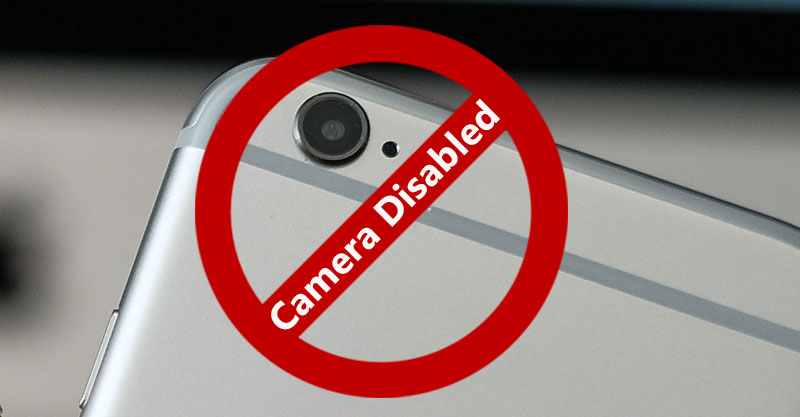Apple’s latest patent hints that the mobile photography may change as an unpleasant limitation for consumers. The US patent awarded to Apple is about the system which can make it possible to disable iPhone camera automatically in environments where the public is not allowed to take photographs or record videos – the “No Photography Zones”.
The system would involve infrared transmitters deployed at the place where public photography may be restricted. The infrared signals then may be broadcast to all iPhone devices in the range as a command to disable the camera features that sure will prevent users from taking still photos or recording videos.
The patent application reads “For example, [the transmitter] can be located in an area where photography is prohibited and [the infrared signal] can include encoded data that represents a command to disable recording functions. In some embodiments, a transmitter can be located in areas where capturing pictures and videos is prohibited (e.g., a concert or a classified facility) and the transmitters can generate infrared signals with encoded data that includes commands temporarily disabling recording functions.”
According to an illustration in the patent application shows the camera app displaying the message “RECORDING DISABLED” when commanded via infrared signals.
The patent first emerged with controversies in 2011 when people criticised the technology that could hurt their freedom of speech (or freedom of the press for instance). However, it’s not as such a big deal if implemented properly and only used where it actually is required such as at sensitive areas or building e.g. hospitals, military areas. But if not controlled well, it sure could used at every kind of locations or environments where it could compromise the public rights to legally take photographs or record videos.
Right now, it’s all theoretical and on the paper work. It could also be just another patent which don’t come to life in real world products. But this particular concept has enough strength to get a life and Apple may start working on it with in a real iPhone. You can check the source below for more details on the patent. But do tell us what do you think about this kind of system in the comments below.




